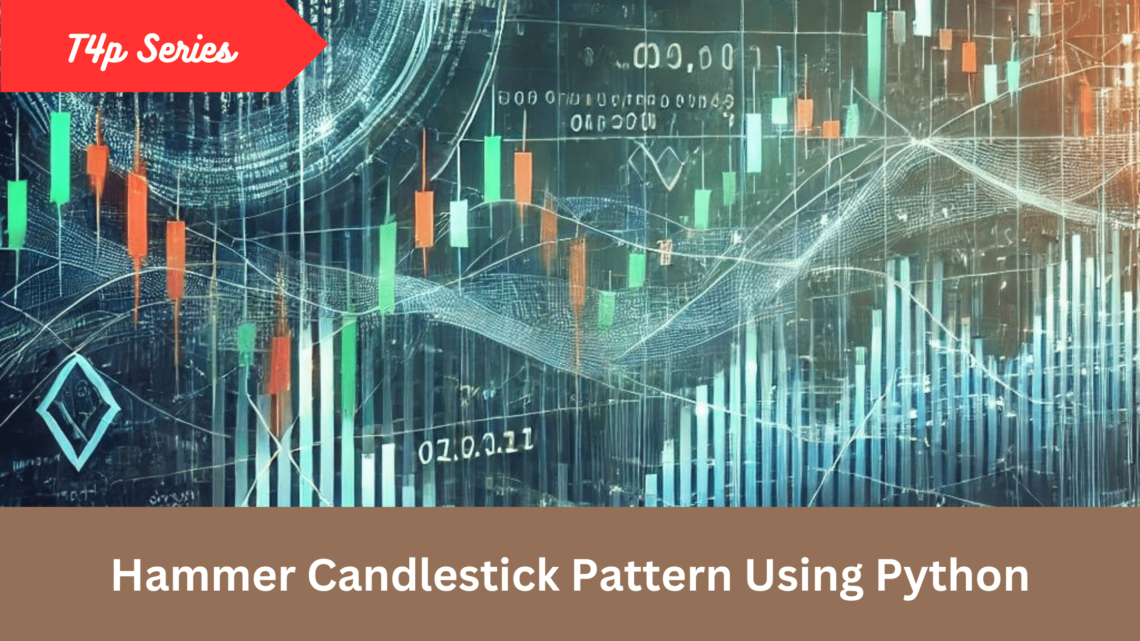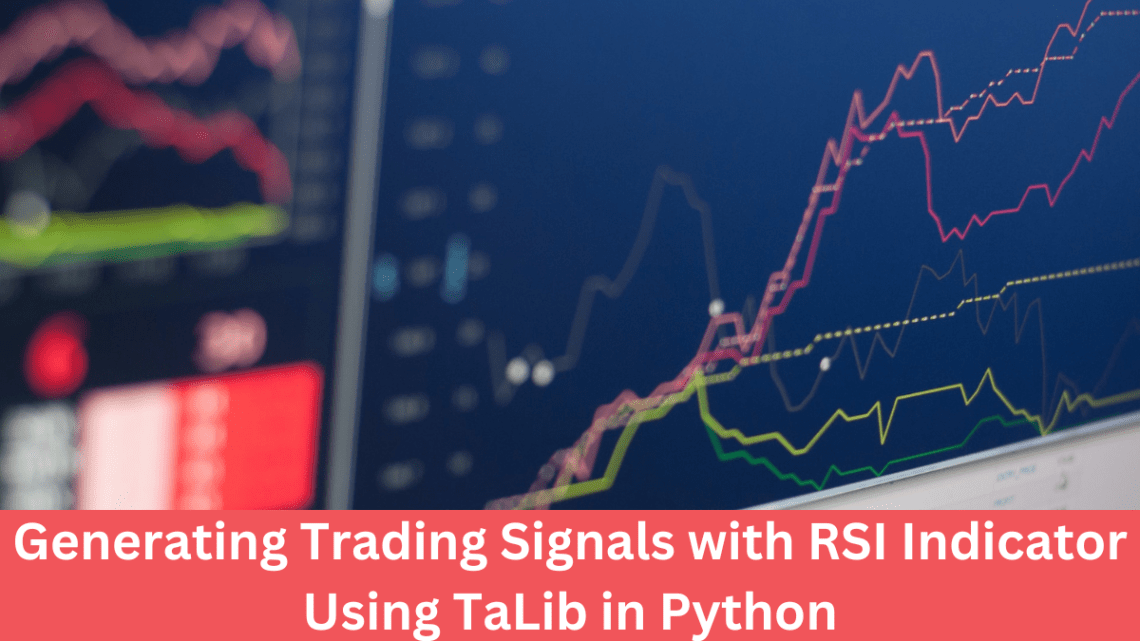This post is part of the T4p Series. So in this post, we are going to combine two indicators: RSI and Moving Averages to come up with a strategy. But first, let’s talk about what we mean by a “strategy.” A trading strategy is simply a set of rules that tells you when to buy and when to sell. It’s different from just using individual indicators because it combines multiple signals into a complete system. Whether you use a single indicator or a set of indicators, in the end, we are going to generate buy/sell signals or open long/short positions. When you rely on a single indicator, for instance, RSI alone,…
-
-
Detecting the Hammer Candlestick Pattern Using Python
This post is part of the T4p Series. In the previous post, we discussed creating your custom signal generation pattern. In this post, we will discuss a famous candlestick pattern called the Hammer pattern. We will discuss the pattern, what it is all about, and how it helps traders to earn money. Introduction A Hammer is a single candlestick pattern that forms during a downtrend and is characterized by having a small real body at the top of the candle, a long lower shadow (at least 2-3 times the size of the body), and little to no upper shadow. The pattern indicates a potential trend reversal as it shows that despite…
-
Introduction to trading for programmers
I am starting a new series, Trading for Programmers (T4P), where I will cover topics related to trading and how programmers can leverage their existing skills. This is the first post in the series. Why Programmers Should Explore Trading Before diving into trading, it’s important to understand why programmers should consider getting into it, even if they aren’t particularly fond of trading. Trading might seem like a world of its own, but it’s actually a great fit for those skilled in computers and numbers. At its core, trading involves buying and selling assets like stocks or cryptocurrencies to make a profit. For programmers, this can be especially intriguing because it’s…
-
Using the RSI Indicator to Generate Trading Signals in Python with TaLib
This post is the part of trading series. In the past, I gave you a brief intro to Ta-Lib and how it can be used in technical analysis, in this post, I am going to discuss how you can RSI indicator to generate buy or sell signals in Python by using the TA-Lib library. Before I write code about the implementation, let’s discuss a bit about signal generation and RSI. What Are Signals In the world of trading, signals are cues or indicators that are derived from various kinds of analyses and guide investors on when to buy, sell, or hold shares. They help traders to make informed decisions based…



